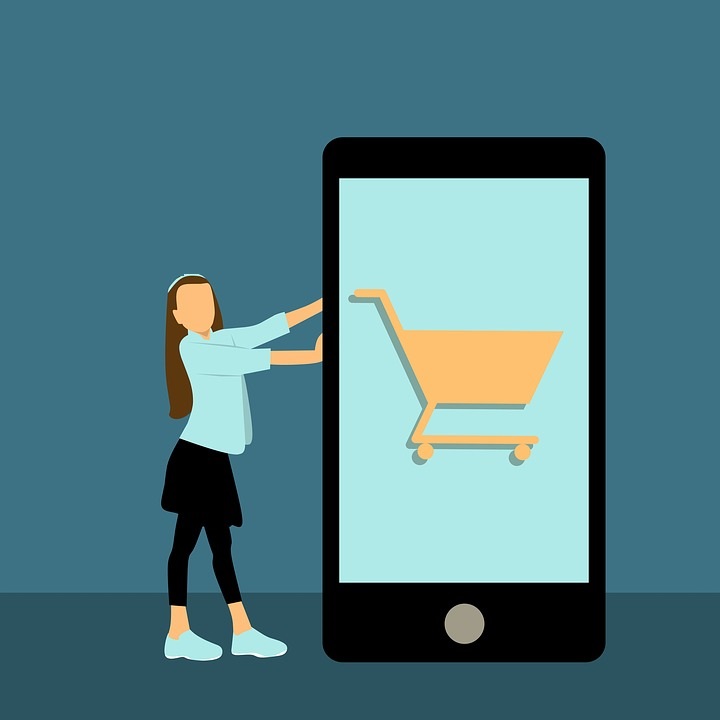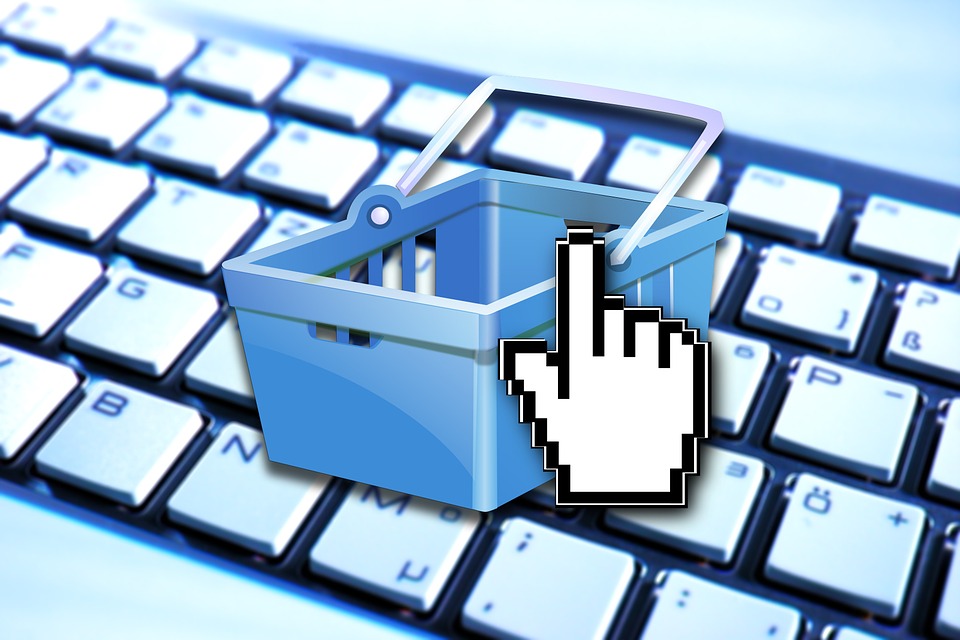About two years ago, my wife Anika and I decided to give up our jobs as stewardess and hotel concierge in order to pursue our dreams of living as digital nomads. Since we left the corporate world, we have ventured into various models of online business, from ecommerce to lead generation and coaching, all while traveling to more than 85 countries around the world. Today, we help individuals who are tired of working 9-to-5 jobs become successful online and start their own digital nomad fairy tales.
Since the start of 2020, remote working has become a key element in the fight against the ongoing health crisis. And although traveling might still come with a few hurdles during the next 12 months, it appears that many businesses have changed their attitudes toward working from home. This provides an excellent opportunity for those who are looking to break the mould and work through their computers and smartphones instead of a tight and noisy city office.
If you are thinking about packing on some new skills that don’t demand your physical presence at an office, here are three exciting niches that are not only likely to grow in the next decade, but that are also perfect for remote work.
1. Data-driven marketing
Analysts believe that global B2C ecommerce sales will reach and estimated $4.5 trillion by 2021. In such a fast-growing industry, the need for digital media marketing experts is omnipresent. However, in this day and age, everyone and his mother is calling him or herself an online marketer. Knowing the basics about marketing just doesn’t do the deed anymore. To cut through the noise of tens of thousands of self-proclaimed marketing geniuses, we advise focusing on a bit more complex yet highly efficient marketing strategy: data-driven marketing.
Today, data-driven marketing is a key priority for marketing executives. According to recent reports, 40 percent of companies are seeking to increase their data-driven marketing spending, and 64 percent of marketing executives say that data-driven strategies are essential in today’s economy. While it may sound confusing at first, data-driven marketing is actually not that hard to execute. Did you ever run a social media or search engine ad and later optimized it based on the results that you were getting? This is essentially a very comprehensive form of data-driven marketing.
Thanks to the incredible value of reliable data these days, almost every bit of software tracks user behavior and collects information that might be highly valuable for your marketing decisions. To become a data-driven marketing specialist, you need to learn how to generate useful data, how to extract it and, most important, how to use this data to your advantage.
As you might have noticed, data-driven marketing requires a distinct set of marketing skills, including social media marketing and search engine marketing, which are very effective for gathering data, as well as content marketing and traditional advertising, which are great for using the data to improve marketing results. Nevertheless, as only a few are willing to go this extra mile, becoming a data-driven marketer allows you to position yourself as a valuable team member no matter where you currently are in the world.
2. High-quality content production
Before the introduction of the web 2.0, distributing one’s own ideas and opinions on a large scale was usually reserved for a limited number of people, mostly in the media industry. However, with the rise of user-generated content and social networks, this has changed quite dramatically. Today, almost everyone can upload original content, whether it is in the form of small posts, blog articles, images or videos, at an infinite number of virtual places and at any time.
If you can monetize your content, you can actually make quite a good living off of it. But monetization doesn’t mean merely pushing out tweets for the sake of content. This won’t make anybody rich — well, at least in most cases. Considering that hundreds of millions of human beings are uploading billions of content pieces every day, the key to success is quality.
User-generated content can play a significant role in marketing. According to research conducted by Bright Local, 92 percent of people rely on user-generated content when making a buying decision. In addition, as marketing software behemoth Stackla recently reported, about 57 percent of consumers believe that only a minority of brands create authentic content. The demand for influencers from not only major platforms such YouTube as Instagram but also from native channels like blogs and podcasts is expected to grow significantly over the next few years.
The beauty of a content production business is that you can choose from a variety of methods to produce, distribute and promote your content along a broad range of potential topics and niches. Immense possibilities for scaling your operation exist. It may take some time to get the ball rolling, so start by putting out content that supports an existing business or your personal brand. This will allow you to prepare your journey as a profitable content producer ahead of time.
3. Virtual jobs
Thanks to the rapid spread of COVID-19 regulations among workplaces, 2020 has sparked an immense number of new virtual jobs, many of which are expected to remain virtual even after the conclusion of the health crisis. This still relatively novel form of employment does not require any physical presence in an office or even a certain country and is thus perfect for digital nomads both with and without prior work experience.
Besides rising health concerns, another key reason for the substantial increase of virtual employees is the fact that they cost businesses significantly less than in-house job positions, since virtual jobs require less office space, fewer extras and often lower salaries or hourly rates. The opportunities for virtual jobs are plentiful and varied.
As more businesses start to recognize the benefits of remote work, both regular employees and freelancers may have many more opportunities to fulfil their dreams of becoming digital nomads.
Feature Image Credit: Natalie_magic | Getty Images
























![What Consumers Want from eCommerce Websites [Infographic]](https://mediastreet.ie/wp-content/uploads/2017/06/reviews-optimized-ntnw.png)
